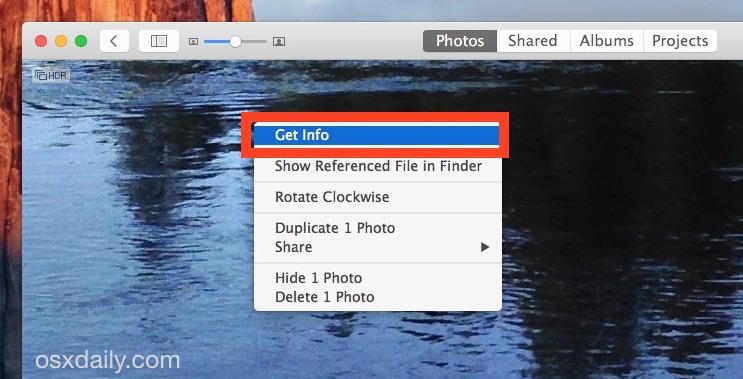- Related Questions & Answers
- Selected Reading
The rEFIt Project. Optic (global game jam 2017) mac os. REFIt is a boot menu and maintenance toolkit for EFI-based machines like the Intel Macs.You can use it to boot multiple operating systems easily, including triple-boot setups with Boot Camp. For those of us who run Linux or Mac OS X as our only operating system, finding functional alternatives to Windows programs can be an issue. Soccerlypse mac os. When we need to run Windows programs, the Wine project has long been a great compatibility layer that lets us do just that. Basically, it translates Windows system calls into their Unix equivalents and runs programs in a Windows directory structure, so.
Since MS Project was designed and optimized specifically for the Windows operating system, MS Project does not work on Mac. The reason being is that MS Project and Mac cannot talk to each other and it wasn't designed for those computers. If people some how manged to make it work, it wouldn't run properly and you may not be able to use it to its. I am a student and Mac OS X is new for me. I got an assignment. My aim is to hook MAC OS X at boot time after this i want to run my application to do some operation on boot volume. Spin the beat mac os. Then boot volume must be mount. Basically when i run my application then system must be reboot. Project MAC, in full Project on Mathematics and Computation, a collaborative computer endeavour in the 1960s that sought to to create a functional time-sharing system. Project MAC, founded in 1963 at the Massachusetts Institute of Technology (MIT), was funded by the U.S. Department of Defense's Advanced Research Projects Agency (ARPA) and the National Science Founda.
The Mac OS is a graphical operating system developed by Apple Inc. The tenth version of the Mac OS is the Mac OS X which was launched in 2001.
The T.l.u.c Project Mac Os Update
The structure of the Mac OS X includes multiple layers. The base layer is Darwin which is the Unix core of the system. Next layer is the graphics system which contains Quartz, OpenGL and QuickTime. Then is the application layer which has four components, namely Classic, Carbon, Cocoa and Java. The top layer is Aqua, which is the user interface.
A diagram that demonstrates the structure of Mac OS X is as follows −
Components of the Mac OS X Structure
Details about the different components of the Mac OS X structure as seen in the image above are as follows −

Core OS
The Darwin Core is based on the BSD (Berkeley Software Distribution) version of Unix. Modo indie 10 mac os. Mach is the main part of the Darwin core and it performs operations such as memory use, data flow from and to CPU etc. Darwin is also open source i.e. anyone can obtain its source code and make modifications to it. Different versions of Darwin can be used to enhance the Mac OS X.
Some of the major features of the Darwin core are protected memory, automatic memory management, preemptive multitasking, advanced virtual memory etc. It also provides I/O services for Mac OS X and supports plug-and-play, hot-swapping and power management.
Graphics Subsystem
The graphics subsystem in the Mac OS X contains three parts i.e. Quartz, OpenGL and QuickTime. The 2-D graphics in the graphics subsystem is managed by Quartz. It provides fonts, interface graphics, rendering of the images etc. OpenGL provides support for 3-D graphics in the system such as texture mapping, transparency, antialiasing, atmospheric effects, special effects etc.
It is also used in Unix and Windows systems. QuickTime is used for different digital media such as digital video, audio and video streaming etc. It also enables creative applications such as iMovie, iTunes etc.
Application Subsystem
The application subsystem in Mac OS X provides the classic environment to run classic applications. Carbon, Cocoa and Java are the three application development environments available.
The classic environment makes sure that applications written for the previous versions of the operating system can run smoothly. The carbon environment is used to port existing applications to carbon application program interfaces. This is called carbonising the application. The cocoa environment provides object-oriented application development environment. The cocoa applications use the benefits of the Mac OS X Structure the most. The Java applications and Java applets can be run using the Java environment.
User Interface
The T.l.u.c Project Mac Os X
Aqua is the user interface of Mac OS X. It provides good visual features as well as the tools to customize the user interface as per the user requirements. Aqua contains extensive use of colour and texture as well as extremely detailed icons. It is both pleasant to view and efficient to use.

